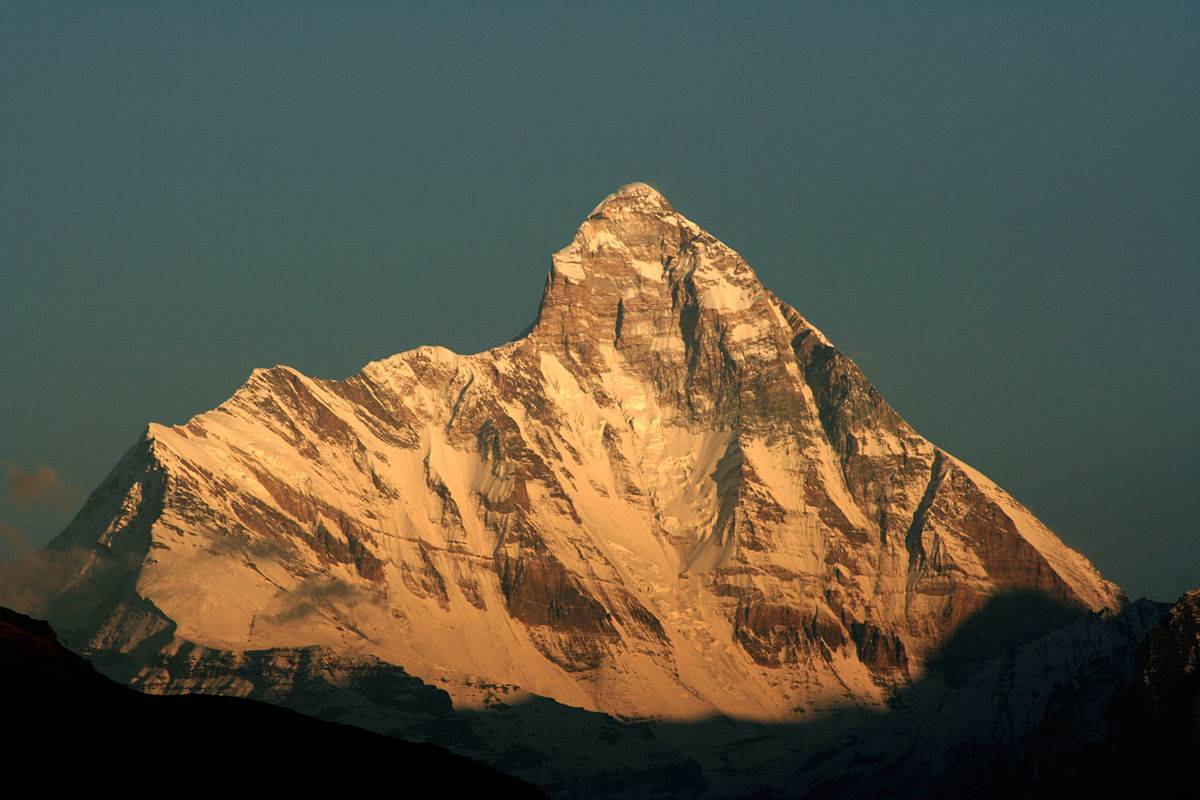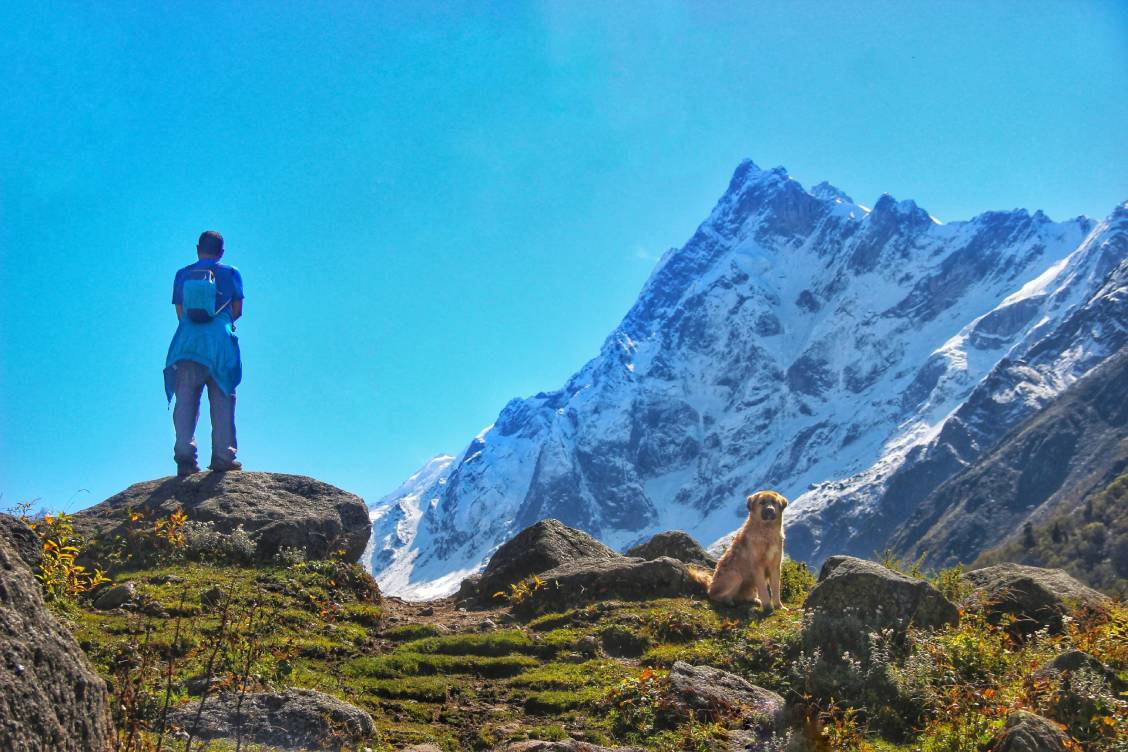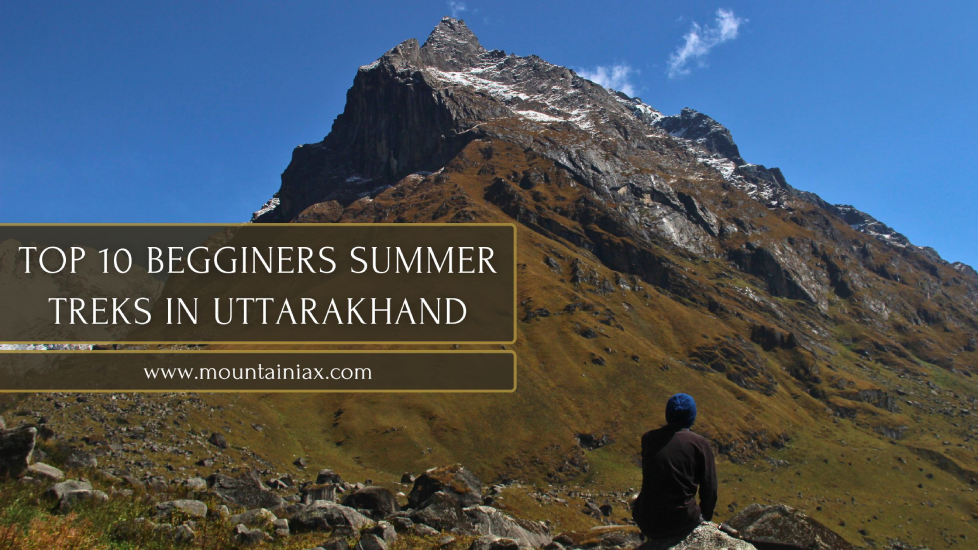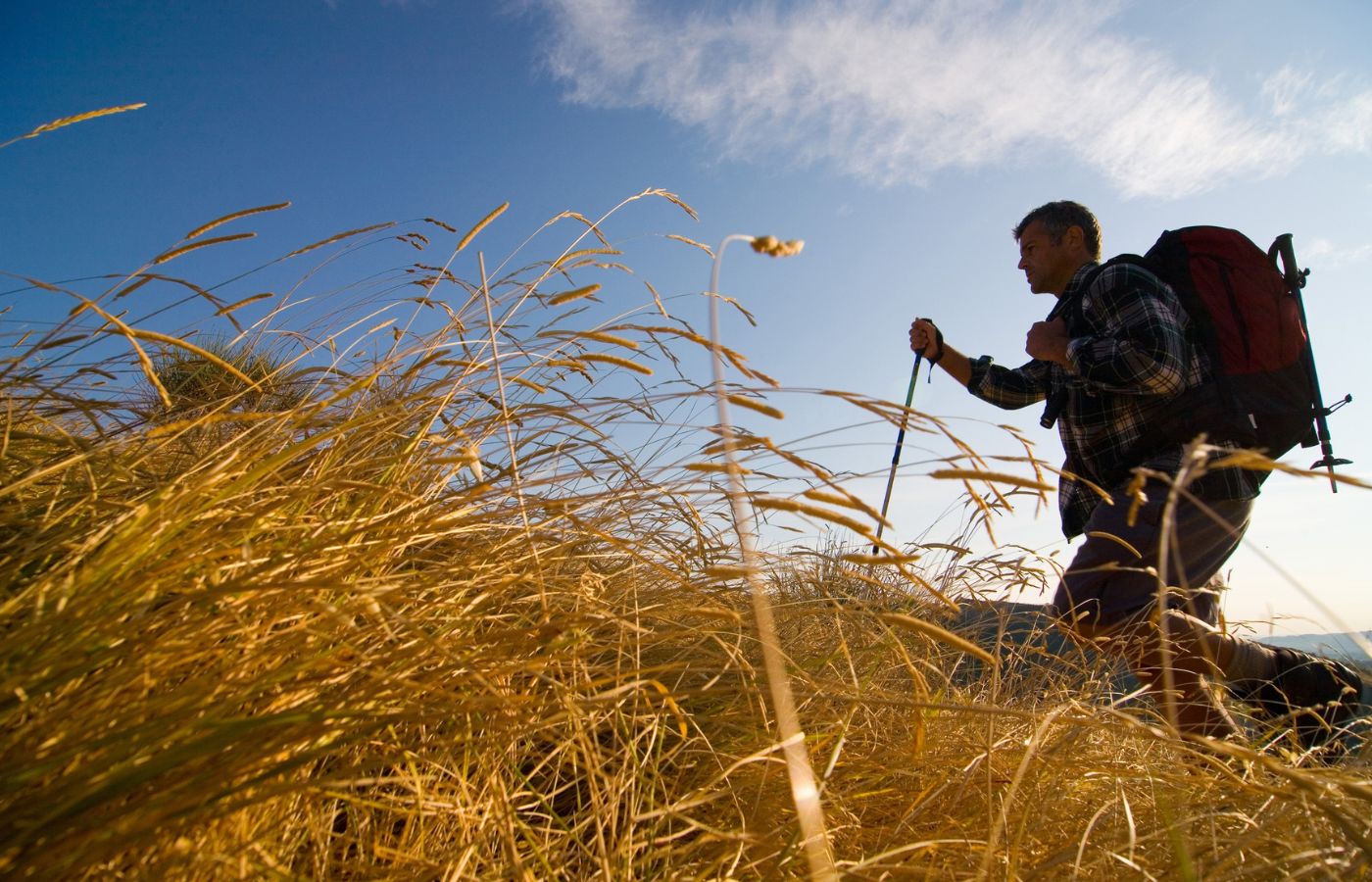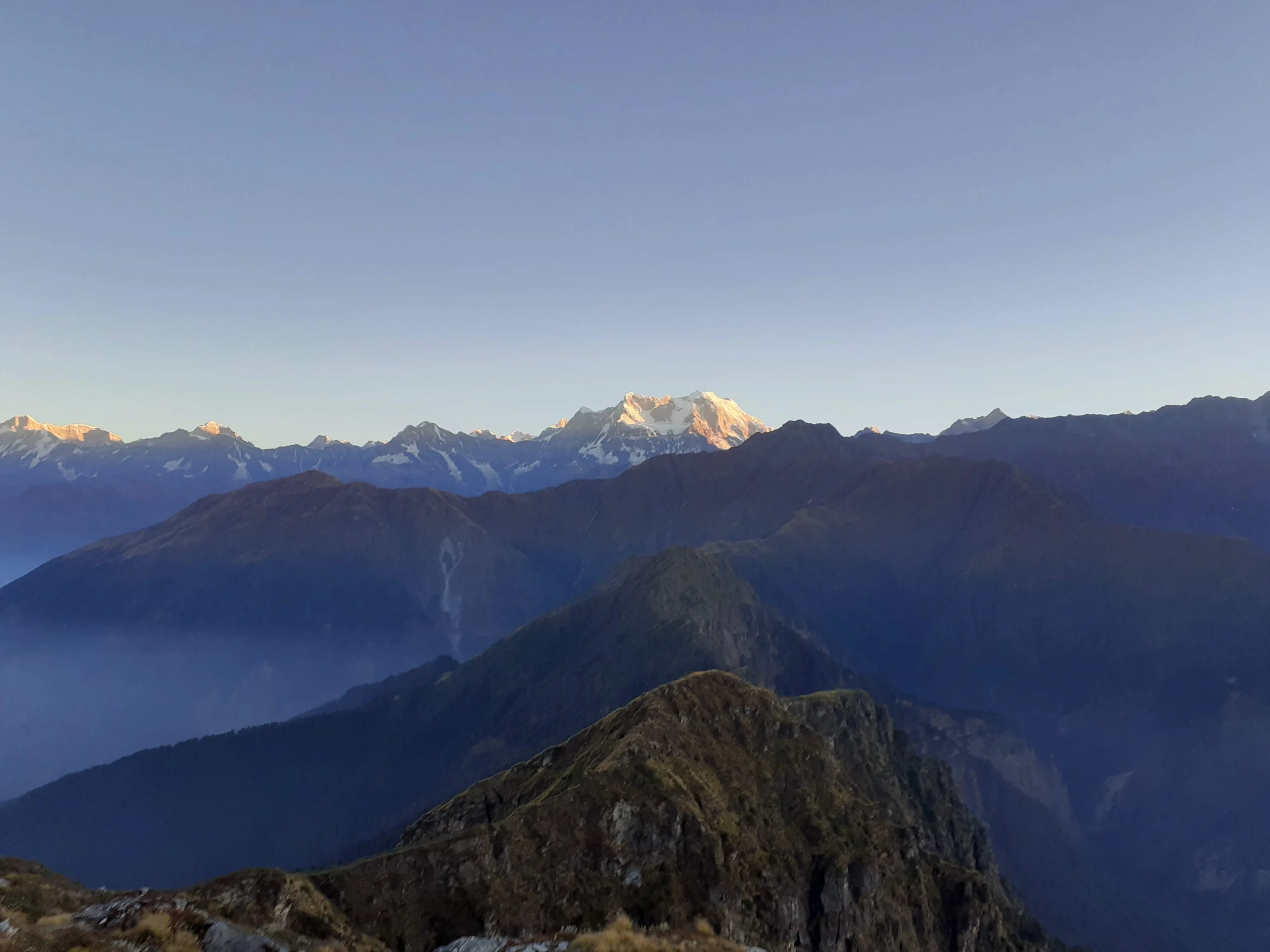The goal of the guiding principles of Leave No Trace is to convey the greatest method to enjoy the outdoors without significantly damaging the ecosystem.
Recreationists can leave the outdoors as they found it by following the vital Principles of Leave No Trace, which teach and advise individuals on sustainable practices. The most reliable and popular minimum-impact outdoor methods are a result of these principles.
Despite having their origins in the backcountry and wilderness, Leave No Trace principles have been modified to be applicable to any type of recreational activity, whether it be in your garden, local parks, or the backcountry. Every Principle addresses a particular subject and offers comprehensive details on reducing effects.
Let’s begin with the principles.
1. Plan Ahead & Prepare Well
Recognize the unique issues and laws of the region you plan to visit.
Planning can be made easier when you have a clear notion of where you are headed. Doesn’t it sound good to pay a fee for inadvertently breaching the law?
Reducing ecological damage when walking should be your aim as a responsible hiker.
- Look for official government laws and regulations, such as Nelong Valley inner line permits, senior medical certifications, forest access fees, etc.
- Respect and acknowledge the customs and culture of the area.
- In most historical and culturally significant locations, it is prohibited to smoke, drink alcohol, spit tobacco, and engage in other similar activities.
- In hilly regions like Sikkim, it is forbidden to honk horns.
2. Prepare For Emergencies and Severe Weather Dangers
Mountainous regions are particularly vulnerable to abrupt weather changes.
It’s not a good idea to be stranded on a mountain in a snowfall or torrential downpour. Accidents can happen, and it can take a while for assistance to get to you or the other way around, particularly if you are alone or have no agency.
- Consider the season carefully and always check the weather prediction in advance.
- Have a medical kit on hand.
- To ensure you don’t get lost, keep a waterproof map with you.
- Hone your mental and physical skills.
- Bring appropriate winter clothing, such as woolens or thermals and a raincoat for the monsoon.
3. To reduce waste, repackage food
The majority of food goods come in non-recyclable multi-layer packaging. This is why these wrappers stay for an extended period in the mountains.
Moreover, tiny pieces of plastic can become lodged in the bodies of birds and other creatures, endangering their lives, and cattle may consume and choke on them.
- Keep water in a suitable bottle and your food in stainless tiffin boxes.
- Although we are aware that Maggie tastes different in the mountains, they are seriously contaminating our Himalayas. To fully appreciate the customs and tastes of the area, try regional foods.
- Carry utensils instead of single-use disposables.
4. Camp and Travel on Sturdy Terrain
Meadows, marshes, and fragile flower valleys are examples of terrains that require years to develop. They can be destroyed by our one choice, one experiment in order to amuse your fellow adventures.
A designated trek/trail would help other regions to flourish, and flora and fauna thrive endlessly.
- To lessen the damage, walk on sturdy surfaces like stone, gravel, and snow.
- Even in muddy conditions, stick to single tracks to prevent making a new one.
- To prevent creating a new trail, spread out in places without any.
- If there isn’t a specified location, find a grassy, level, snow-covered, or cemetery surface to camp on.
- Create tiny campsites so as not to disturb more expansive places. Look for an area with less vegetation.
- Avoid being near bodies of water for at least 200 feet. There, animals would come to drink, and your presence may deter them from coming. Or they could approach you.
5. Properly Dispose of Garbage
It makes sense that you will require a lot of items to operate effectively when you are outside, but neglecting them is not an option.
Your garbage could suffocate the animals wandering through woodlands for food and water. This trash has the potential to become toxic and detrimental to the environment.
Don’t forget to pick up your rubbish, including bones, eggshells, and vegetable peels. It takes a while to break down and eventually begins to smell bad.
Finally, of all the trash, human waste and plastic can leave a dent in the beauty of nature.
- Put all of the rubbish in environmentally friendly bags. Don’t burn the trash; this can lead to further pollution. Instead, dispose of it properly.
- Human feces should be disposed of properly in catholes away from paths, camps, and bodies of water. After the exercise, cover the deep 6–8 inch hole with soil, grass, and tweaks. With it, bury your toilet paper.
- Avoid washing your utensils in bodies of water; instead, remove the water and use it elsewhere. Reduce the amount of biodegradable soap you use to save water.
- Avoid putting tampons or sanitary pads in catholes. They cannot break down since they are composed of chemicals and other materials. The only option is to carefully wrap them and return them with you.
6. Reduce the effects of campfires
In harsh circumstances, fire serves as the primary means of survival, yet it is also detrimental to the ecosystem. Many people fail to properly put out campfires, which can cause massive forest fires and damage a significant forest area.
- When cooking, use lightweight stoves rather than large fires.
- Using just a small piece of wood, start a small fire that you can use and extinguish with ease.
- Burn all the coal and wood, then disperse the burned debris away from any trails or bodies of water.
7. Show Consideration for Wildlife
Since you are intervening with their habitat, you should naturally show them respect as well. Try to stay away from them and let them survive because an increasing number of trekkers are already disturbing their tranquility.
- If you come across a wild animal, keep your distance and avoid getting too near. Don’t ever follow them.
- Avoid sharing your food with them. They may experience health problems as a result of their body not being accustomed to it.
- Control your pets if you are bringing them on the hike.
- Do your homework and steer clear of delicate periods of animals like mating, nesting, winter, and childrearing. During this time, animals may become untamed and attack you.
Trekking Companies’ Contribution to the Encouragement of Responsible Trekking
In order to guarantee that trekking is carried out responsibly, trekking businesses are essential. When planning and directing treks, they must adhere to environmentally friendly procedures that protect the environment. People’s actions have a significant impact on the environment because many rely on trekking firms for their travels. Therefore, it is crucial that all trekking companies promote sustainable hiking and provide eco-friendly trekking programs. Companies should urge trekkers to adhere to appropriate hiking procedures since they frequently learn from their organizers and leaders.
As crucial as offering a fantastic trekking experience is educating hikers about ecotourism and raising awareness about environmental preservation. Strong waste management procedures, less plastic use, and support for conservation initiatives to save the mountains are all characteristics of a quality trekking firm. Every time you organize a trek, make an effort to select the top trekking organization that will not only guarantee a fun and easy experience but also take care of the Himalayas’ delicate ecosystem.


